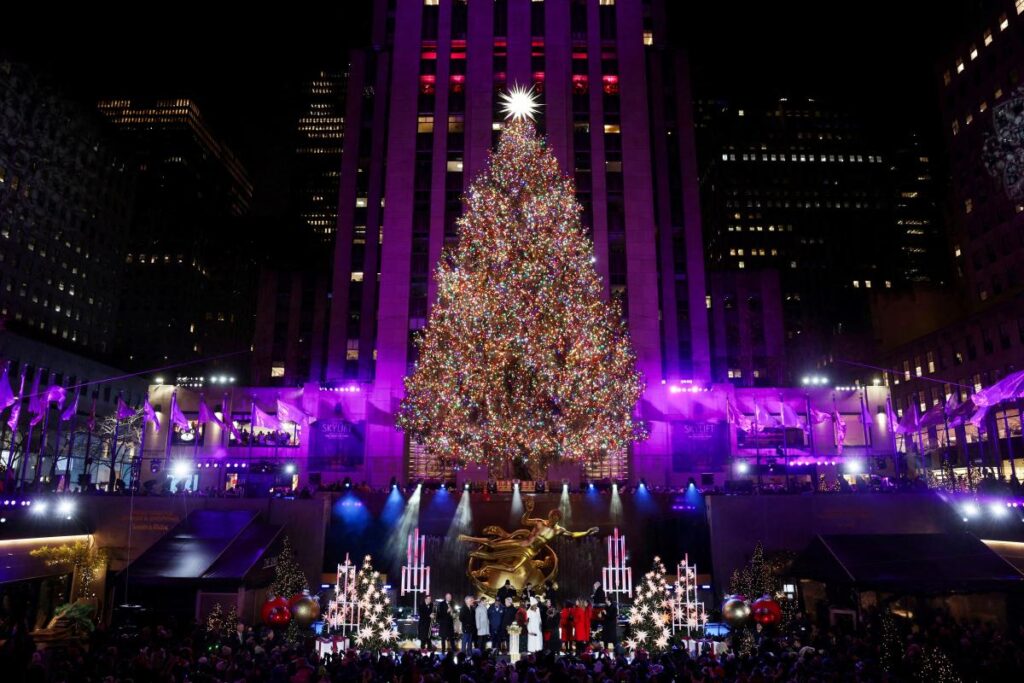Christmas traditions encompass a range of activities, with Christmas tree decorations being among the most cherished. Choosing a live Christmas tree is not only a festive experience but also involves careful consideration to ensure a healthy and vibrant centerpiece for the holiday season. Several aspects deserve attention when selecting a tree, including species variety, pricing, and aftercare. Understanding these elements can enhance the joy of having a live tree while ensuring it lasts throughout the holiday festivities.
When it comes to picking out a live tree, the task can be quite challenging due to the numerous species available, each with unique characteristics. For example, trees like the Colorado Blue Spruce and Balsam Fir differ in needle shape, moisture requirements, and branch strength. Health checks—such as inspecting the tree for broken branches and ensuring that needles do not fall off easily—are essential to determine the tree’s condition. Notably, the species and size of the tree significantly affect pricing; consumers should be prepared for a price range that reflects these factors.
In recent years, spending on Christmas trees has seen an increase. According to finder.com, consumers spent $5.6 billion on trees in 2023, marking a notable rise from the previous year’s $5 billion. The average cost of live Christmas trees had a jump of approximately 8.67%, going from $80 in 2022 to nearly $87 in 2023, with an expected sales figure of around 24.7 million live trees. Additionally, artificial tree sales are projected to reach roughly 28.69 million at an average price of about $119.13, indicating that both live and artificial trees hold significant market shares during the holiday season.
Transporting a live Christmas tree can pose challenges, especially when it comes to ensuring its safe arrival home. Before purchasing, it’s crucial to measure your space to confirm the tree will fit. If the tree isn’t netted, bringing along blankets or tarps can help secure the branches during transport. Positioning the stump of the tree towards the front of the vehicle minimizes wind damage, and strongly tying the tree to the roof with ropes or bungee cords is advisable to keep it secure throughout the journey.
Once the tree is home, proper care is vital to maintain its health during the holiday season. An essential first step is to make a fresh cut at the base of the tree to allow for optimal water absorption, as older cuts can seal off from sap. It’s critical to place the tree in a location away from heat sources, like fireplaces or heating vents, which can dehydrate the tree. A sturdy tree stand that can hold adequate water is necessary, and daily checks on water levels are recommended to ensure the tree remains hydrated and vibrant. It’s also important to refrain from using real flame candles or heat-generating lights while decorating, to prevent any fire hazards.
In summary, selecting, transporting, and caring for a live Christmas tree is an integral part of holiday festivities, requiring attention to detail and a bit of effort. From evaluating the health and type of tree to understanding its care requirements, each step enhances the overall holiday experience. Following these guidelines ensures that the tree remains a stunning and safe focal point throughout the festive season.

